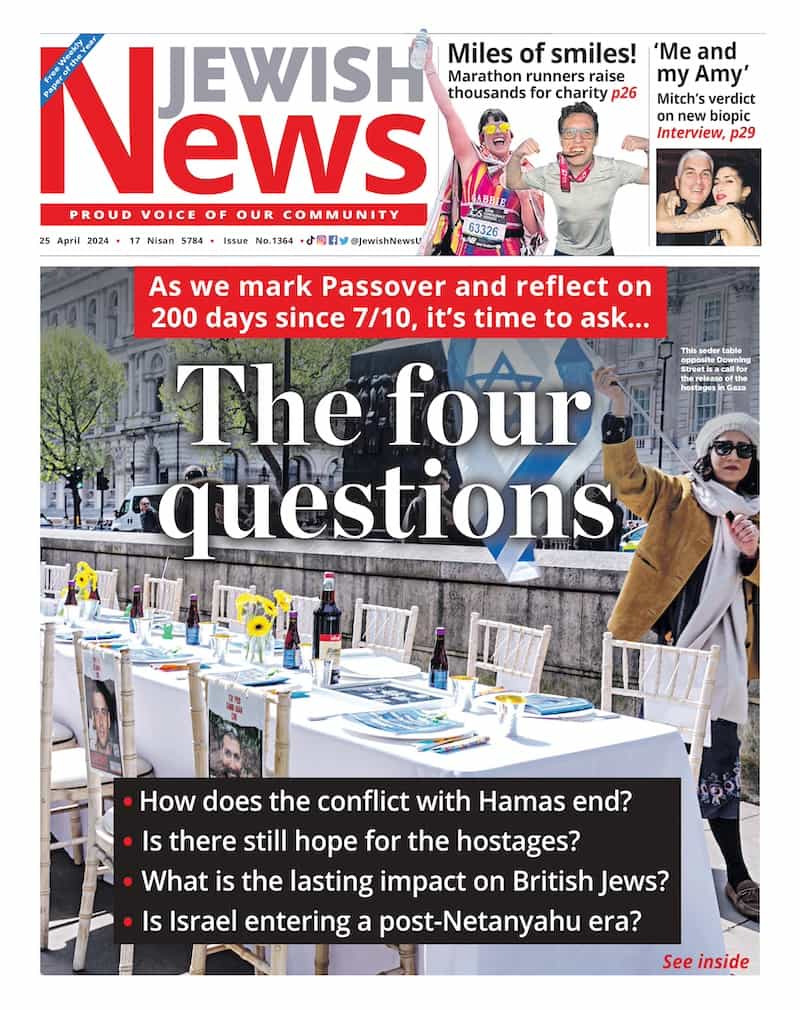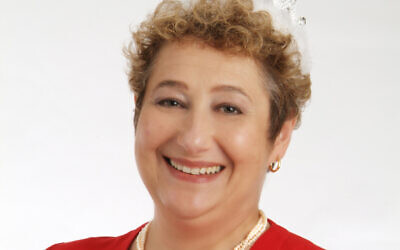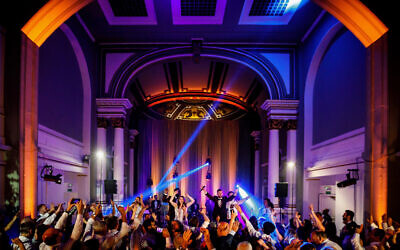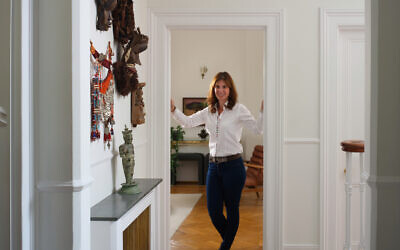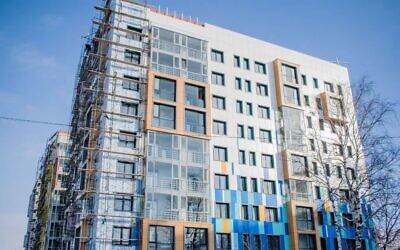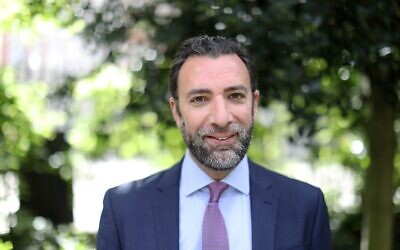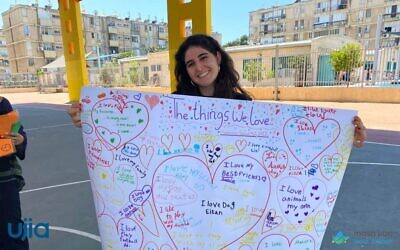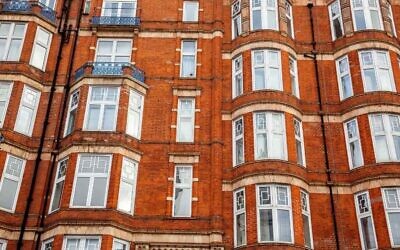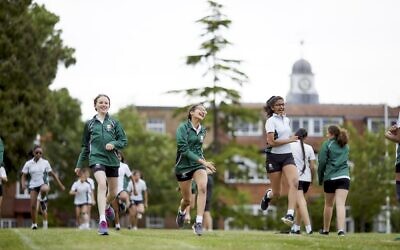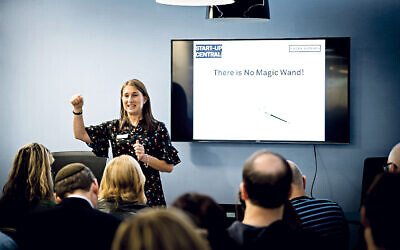Two thirds of London Charedim had Covid last year
Government-funded study shows strictly-Orthodox community had one of the highest rates in the world in March 2020 - but lockdown led to steep fall
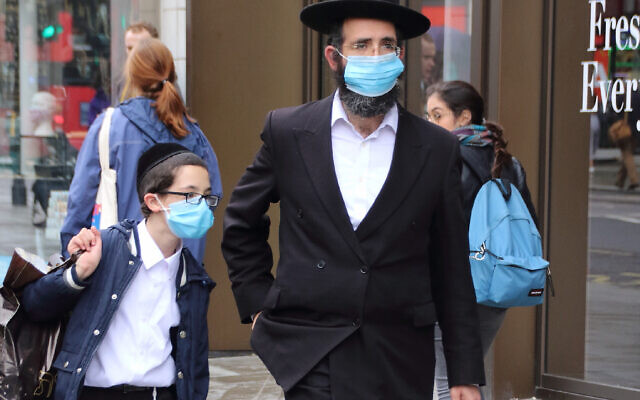
Up to two thirds of London’s strictly Orthodox Jews had Covid-19 last year – one of the highest rates in the world and more than nine times higher than the national average.
The startling numbers emerged in a government-funded study that also found infections peaked during early March 2020, before the first national lockdown, and “fell sharply” during the subsequent stay-at-home order, suggesting adherence to the rules.
The report – requested by strictly Orthodox leaders in May 2020 after they noticed a high level of illness in the community – was conducted by infectious diseases clinicians and modellers from the London School of Hygiene & Tropical Medicine (LSHTM) who took 1,242 blood samples in November and December. They were looking for antibodies, which a body produces after having had Covid-19.
One of the two lead researchers expressed surprise at the “remarkably” high stats, but the other said it was in-line with other tight-knit religious groups.
They found “extremely high” infection rates of 64 percent across the strictly Orthodox community, with 75 percent infected in some demographics such as secondary school students and working age men.
The research, which is awaiting peer review, was conducted with LSHTM partners including University College London’s Great Ormond Street Institute of Child Health and the Medical Advocacy and Referral Service (MARS), an organisation supporting the healthcare needs of strictly Orthodox Jews.
It began in earnest in September, when the LSHTM team co-led by Dr Michael Marks was awarded £249,000 from the National Institute for Health Research (NIHR) and UK Research and Innovation (UKRI).
They were tasked with “assessing transmission in a strictly Orthodox Jewish community” and “understanding how community structures, such as household size, may contribute to transmission, including the role of children”.
The team had aimed for 500 volunteer households, with around 340 coming forward. Of these household members, roughly two thirds gave a blood sample, but Marks and co-lead Dr Ros Eggo used mathematical modelling to gain representative data.
Asked about “social mixing patterns”, Marks said most felt they had contracted coronavirus before the first national lockdown period, with the Jewish holiday of Purim seen as a major factor in the virus’s communal spread.
“There has been a hugely disproportionate impact of Covid-19 across the UK,” said Marks, citing data from Black, Asian and Minority Ethnic (BAME) groups. “The fact that we’re talking about this particular community is because the community came forward to understand [the impact].”
Marks said the findings “could support potential new interventions that may help reduce infection in the community”.
The researchers said there was “no plausible genetic reason” why Jews or other BAME groups may have been worse hit, suggesting that the reason lay in other explanations, such as communities’ interconnectedness or larger household size.
While the overall rate of 64 percent was “one of the highest infection rates recorded anywhere in the world,” the LSHTM said, less than three in ten children under the age of five years have had the virus, compared to 75 percent of students.
Recent estimates from the Office for National Statistics show that seven percent of Brits nationally have already had the virus, as had 11 percent of Londoners.

Thank you for helping to make Jewish News the leading source of news and opinion for the UK Jewish community. Today we're asking for your invaluable help to continue putting our community first in everything we do.
For as little as £5 a month you can help sustain the vital work we do in celebrating and standing up for Jewish life in Britain.
Jewish News holds our community together and keeps us connected. Like a synagogue, it’s where people turn to feel part of something bigger. It also proudly shows the rest of Britain the vibrancy and rich culture of modern Jewish life.
You can make a quick and easy one-off or monthly contribution of £5, £10, £20 or any other sum you’re comfortable with.
100% of your donation will help us continue celebrating our community, in all its dynamic diversity...
Engaging
Being a community platform means so much more than producing a newspaper and website. One of our proudest roles is media partnering with our invaluable charities to amplify the outstanding work they do to help us all.
Celebrating
There’s no shortage of oys in the world but Jewish News takes every opportunity to celebrate the joys too, through projects like Night of Heroes, 40 Under 40 and other compelling countdowns that make the community kvell with pride.
Pioneering
In the first collaboration between media outlets from different faiths, Jewish News worked with British Muslim TV and Church Times to produce a list of young activists leading the way on interfaith understanding.
Campaigning
Royal Mail issued a stamp honouring Holocaust hero Sir Nicholas Winton after a Jewish News campaign attracted more than 100,000 backers. Jewish Newsalso produces special editions of the paper highlighting pressing issues including mental health and Holocaust remembrance.
Easy access
In an age when news is readily accessible, Jewish News provides high-quality content free online and offline, removing any financial barriers to connecting people.
Voice of our community to wider society
The Jewish News team regularly appears on TV, radio and on the pages of the national press to comment on stories about the Jewish community. Easy access to the paper on the streets of London also means Jewish News provides an invaluable window into the community for the country at large.
We hope you agree all this is worth preserving.

